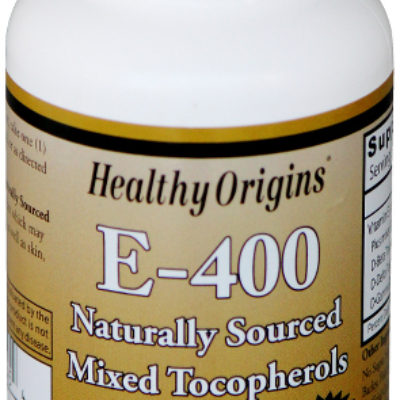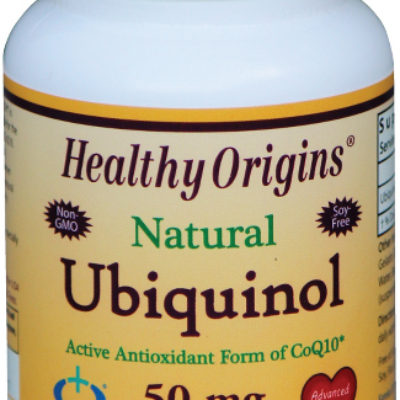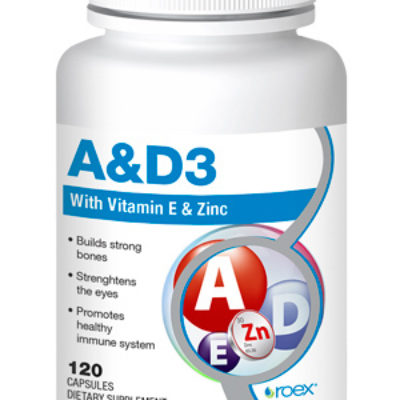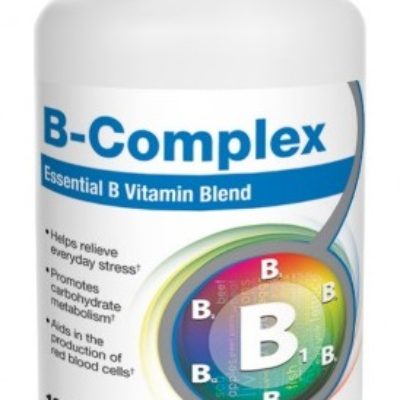Description
Miracle Zeaxanthin
(pronounced zee-uh-zan’-thin)
(Advanced Eye Support Formula)
(60 Softgel Capsules)
Zeaxanthin Offers Great Protection for the your Eyes:
- 1 out of 3 seniors will develop Macular Degeneration.
- Zeaxanthin deficiency may be the very cause of AMD
- Studies have shown daily intake of Zeaxanthin may stop or reverse AMD
- Studies show Zeaxanthin may protect against Cataracts
 “It is logical that people can go blind from a deficiency of the very nutrient that is contained in 75 % of the center of the Macula and Retina”:
“It is logical that people can go blind from a deficiency of the very nutrient that is contained in 75 % of the center of the Macula and Retina”:
1: Macular Degeneration happens in the Center of Vision:
2: Zeaxanthin Carotenoid protects the Macula and Retina:
3: Zeaxanthin makes up 75% of our vision protection:
4: As we age we become more deficient in Zeaxanthin:
a. Zeaxanthin is very scarce in foods.
b. We have no available source of Zeaxanthin
c. Eye formulas are deficient in Zeaxanthin
d. Eye Doctors have no available source of Zeaxanthin
5: Clinical studies reflect a definite need for Supplementing Zeaxanthin:
a. Zeaxanthin helps Lutein get absorbed in the eye.
6: Lutein is active in protecting 65% of peripheral vision: (a Carotenoid)
a. Lutein is present in many vegetables, unlike Zeaxanthin
b. Eye Supplements may provide sufficient Lutein
7: Eye Exercise for Improved Vision:
a. Turn eyes in every possible direction for 15 to 30 minutes
b. TV commercials are a good time to exercise
c. Many with poor vision gain 20-20 vision with eye exercise
CLINICAL STUDY #1 – Center of Vision:
- The following chart shows why there is a Zeaxanthin deficiency
- This study recommends increased amounts of Zeaxanthin
- Clinical studies reflect a need for supplementing 2 times as much Zeaxanthin as Lutein
CLINICAL CHART:
Zeaxanthin may be more important than Lutein, as it is deposited in a 2:1 ratio vs. Lutein in the center of the Macula. Zeaxanthin is 20 times less prevalent in a healthy diet than Lutein.
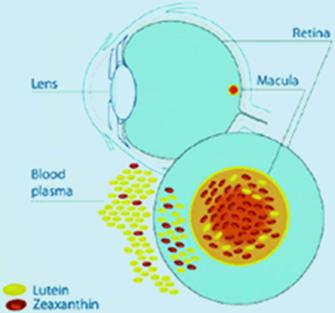
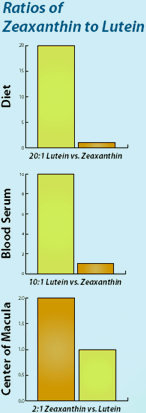
An increased Zeaxanthin supplementation increases macular pigment density. Zeaxanthin is rare in the diet and is preferentially taken up by the macula and deposited in the most crucial portion of the macula and Retina. Zeaxanthin is deposited in the very center, at a ratio of 2:1 over Lutein. It is critical that patients at risk for age-related macular degeneration and those diagnosed with AMD, receive the maximum beneficial amounts of Zeaxanthin to replenish the heart of the macula.

The above chart shows the reason why it is super important to supplement your diet. Clinical studies show marked protection and/or improvement of vision from taking 20 mg of Zeaxanthin daily.
Extracting Zeaxanthin is a Manufacturing Problem: Both Lutein and Zeaxanthin come from the Marigold plant and the natural extraction ratio is 20 parts of Lutein to 1 Zeaxanthin. (Ratio 20:1)
CLINICAL STUDY #2 – NIH Eye Disease Case-Control Study:
The macula contains high levels of carotenoids. In fact, the yellow color gives the macula its name. Evidence suggests that two carotenoids, Zeaxanthin and Lutein play another role. They help “Filter Blue Light”, which is especially harmful to photoreceptors. The lens and cornea filter out UV light, but cannot filter visible blue light. This light can contribute to AMD. Patients with low macular pigment densities are known to be more prone to developing AMD.
Zeaxanthin also protects:
- Retina – Against photo damage to the Retina
- Photoreceptors – Oxidation of the Photoreceptor Membrane
- Macula – Blood Vessels that supply the macula
Reduced Risk of AMD with Zeaxanthin Supplement:
There was a statistically significant and apparently linear trend for a decreased risk of AMD with increasing amounts of carotenoids, specifically Zeaxanthin and Lutein, in the diet. Consumption of dark green, leafy vegetables and Orange peppers seems to help protect against AMD.
CATARACTS: Studies have also associated low carotenoid levels with cataracts. The National Eye Institute is currently sponsoring a large study of antioxidants, while recommending the use of these four (4) supplements – Zeaxanthin, Vitamin E, Zinc and Lutein.
Dr. Abelson, an Associate Clinical Professor of Ophthalmology at the Harvard Medical School, consults in ophthalmic pharmaceuticals. “Eat food with high antioxidant levels, such as spinach, a good source of both vitamin E and Lutein, protects against cataract.
Conclusion: Zeaxanthin Supplements “increase macular density”.
STUDY #3 – Zeaxanthin Nutrition = Less Cataracts:
Certain Nutrients Reduce Cataract Development Nutrition linked to cataract formation.
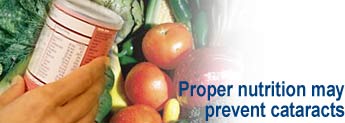 The authors found that “those with the highest intake of Zeaxanthin and Lutein had a 22% decreased risk of cataract extraction compared with those in the lowest.”
The authors found that “those with the highest intake of Zeaxanthin and Lutein had a 22% decreased risk of cataract extraction compared with those in the lowest.”
Zeaxanthin is rare in foods, so supplementation is important to you eye health. Foods rich in Lutein include spinach, kale, and collard greens. The authors further state, “increasing frequency of intakes of spinach and kale, foods rich in Lutein, was associated with a moderate decrease in risk of cataract” and may “decrease the risk of cataracts severe enough to require extraction.”
Supplement Facts:
Miracle Zeaxanthin
A Non GMO – Soy Free Vision Formula
Designed to Support and Maintain Healthy Eyes
Each Softgel of Miracle Zeaxanthin contains:
4 mg of All-Natural Zeaxanthin
(developed by OmniActive Health Technologies for Enhanced Absorption)
20 mg of Lutein FloraGLO ®
(a Registered Trademark of Kemin Industries, Inc)
(harvested from marigold flowers)
470 mg of Extra Virgin Olive Oil
Manufactured in the USA for MindBodyHealth, LLC
Additional Description:
Directions: As a dietary supplement, take one (1) Softgel three times daily, preferably with meals.
Other Ingredients: Gelatin, Vegetable Glycerin, Mixed Natural Tocopherols.

